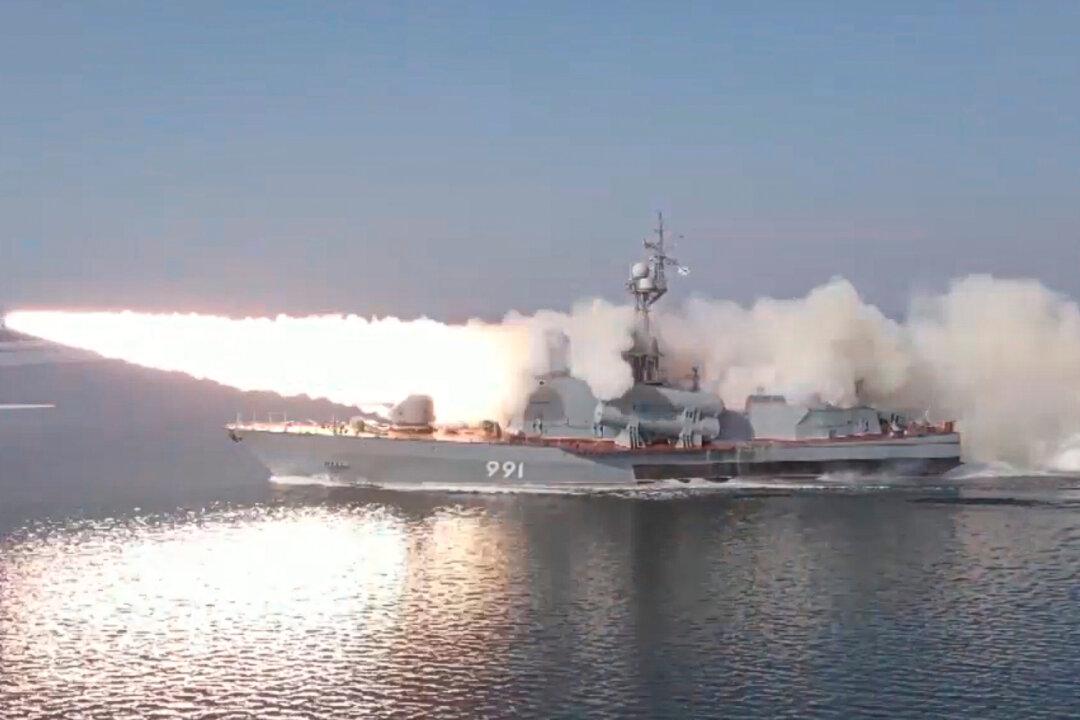Fighting between Russian and Ukrainian forces this week centered largely around the southern Ukrainian region of Kherson, where both sides claim to have registered significant gains.
On Oct. 20, the Ukrainian military—usually tight-lipped about ongoing operations—said dozens of Russian troops had been killed and several Russian tanks destroyed in its latest attempt to breach Russian defenses in Kherson.





